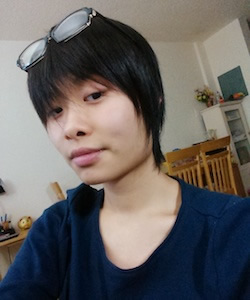Chinese marriage traditions have always varied throughout different parts of China. Marriage was not as simple as a man and a woman falling in love with each other. Although modern Chinese marriages focus more on love, traditional Chinese marriages tended to focus on economic and social status. Because marriage was viewed as a bond tying two different families together, traditional families consider family wealth, ranking, and status before a couple can marry.
Traditionally, in the northern part of China near Beijing, families would look at the others’ housing structures before proposing an arranged marriage between two people. If the house contained Chinese characters written on both sides of the front door and displayed the family name on top, the family was usually upper-middle class. Blocks on either side of the front door showed whether the family descended from warriors or scholars; round blocks symbolized a family of scholars, while rectangular blocks symbolized a family of warriors. If the house displayed a lion on top of the blocks, the family was of a higher social status and in turn sought out a potential suitor who resided in a similar home. The closer a family lived to the imperial palace, the higher their court rank was. Although modern societies no longer view housing as an important determinant for marriage, social positions and economic factors play a major role in the family’s approval for marriage between two individuals.
In the southern part of China where many peasants and merchants lived, traditional Chinese families believed in the customary fortune-telling method of arranging a marriage. Before a southern Chinese marriage occurred, Chinese families would consult a shaman using bazi, or “eight characters,” to calculate a person’s life using birth time and gender. This concept of bazi derives from the Four Pillars of Destiny, in which shamans calculated one’s potential destiny—the past, present, and future—using the person’s birth year, month, day, and time along with his/her gender. The bazi determined compatibility between two people, predicting whether a couple’s future would be stable or result in a disaster.
Usually families residing in the countryside would pressure their children to get married once they hit their early twenties; they took on the task of arranging marriages between young people who continued to be single. Parents began consulting a shaman to determine their child’s future when the child turned 20 and continued working with the shaman every year until they found a match from the bazi. Families residing in cities would seldom adopt this practice and allowed their children to find a significant other on their own, though they also held socioeconomic status to be an important factor.

